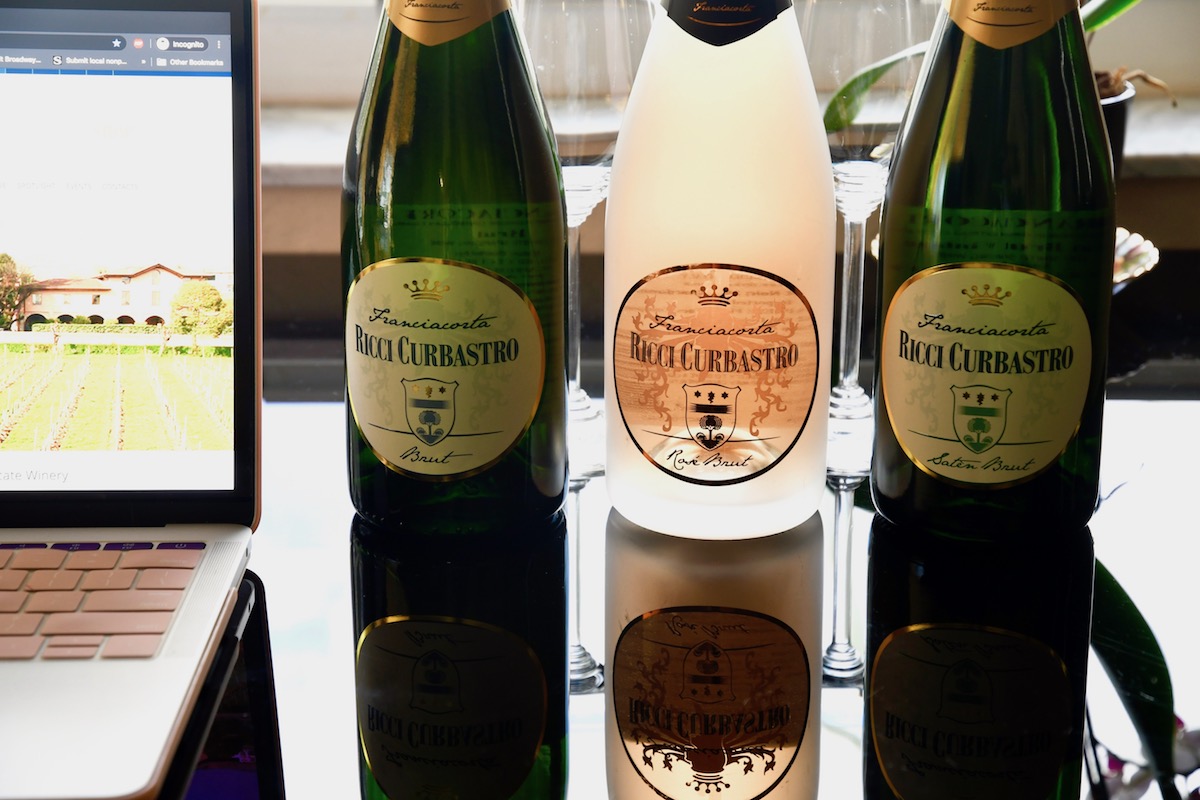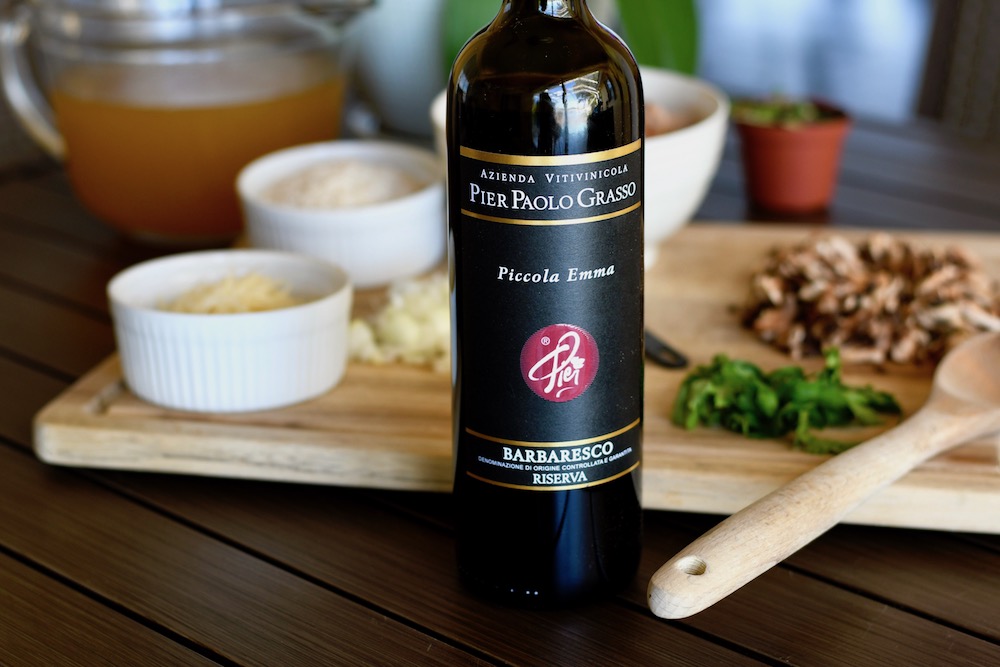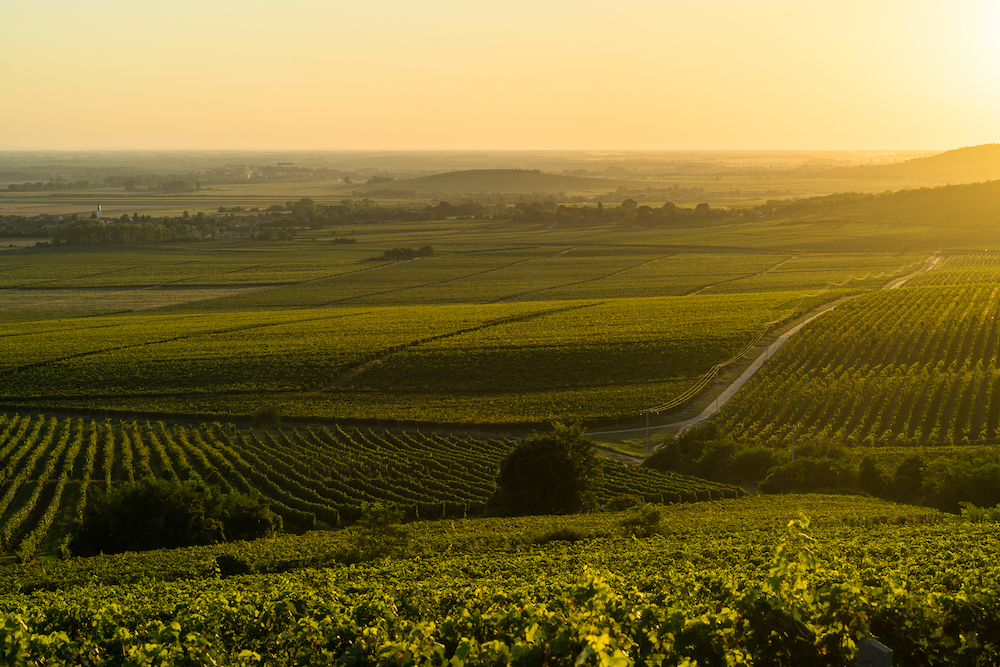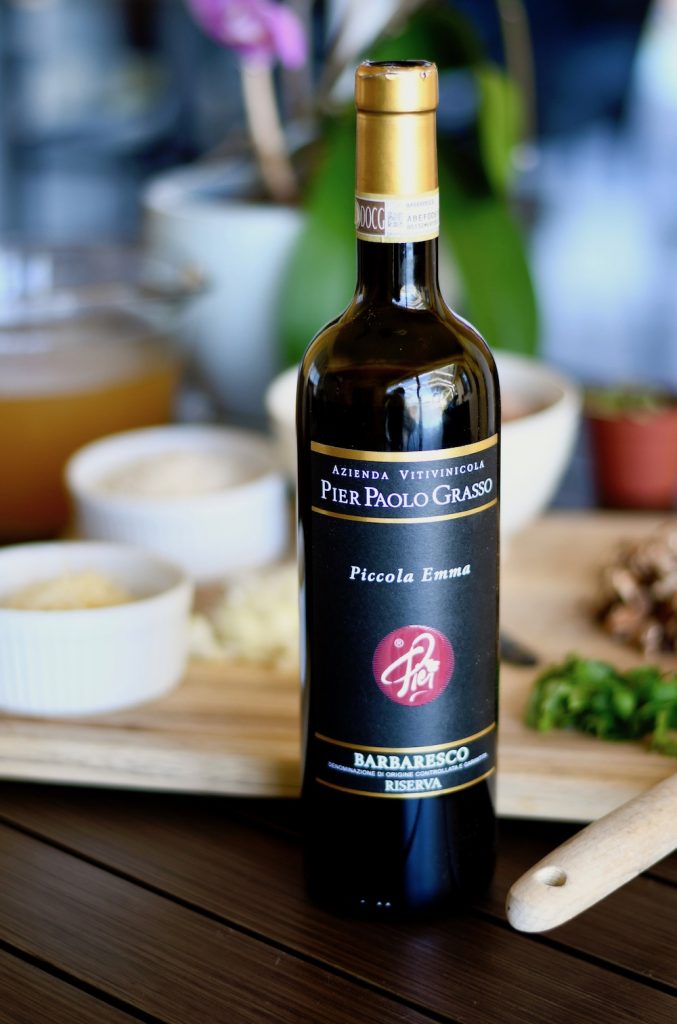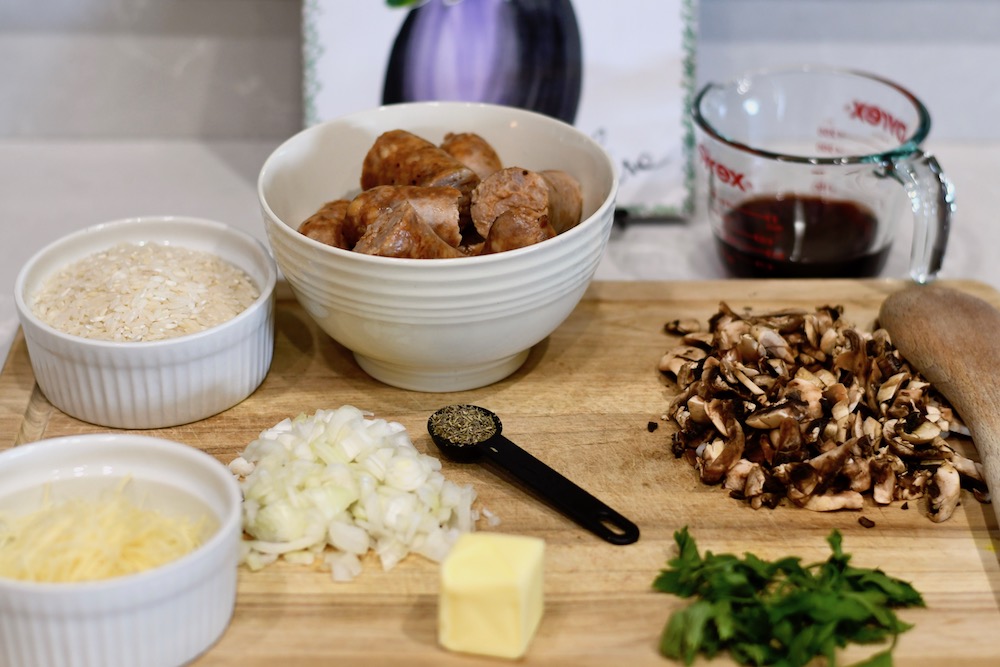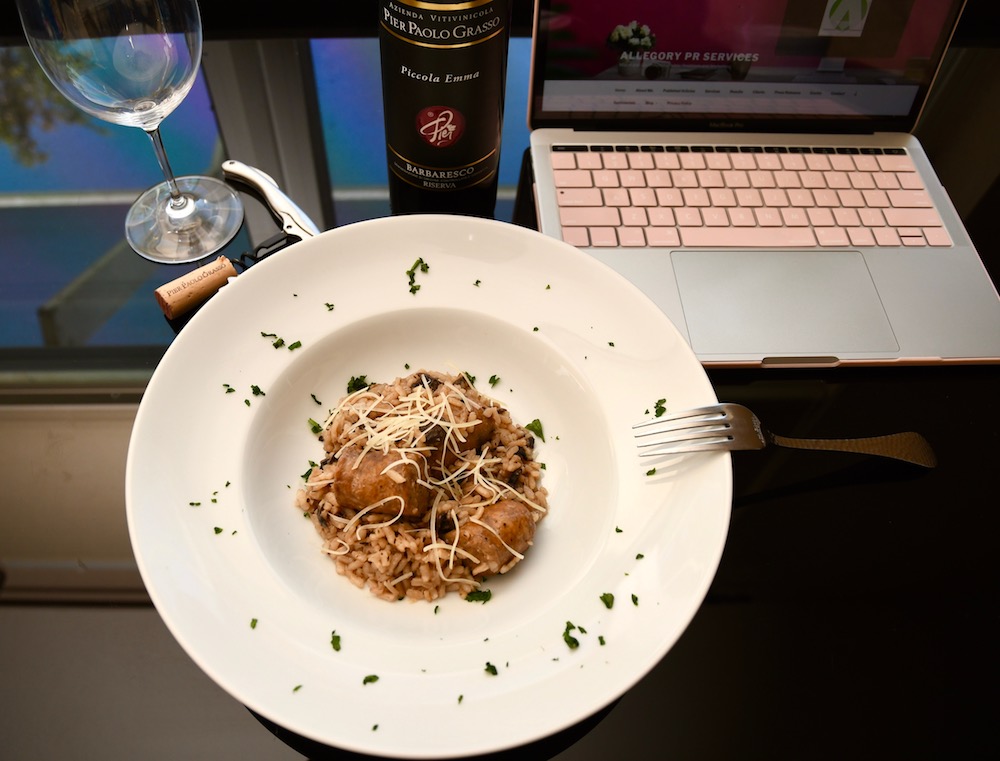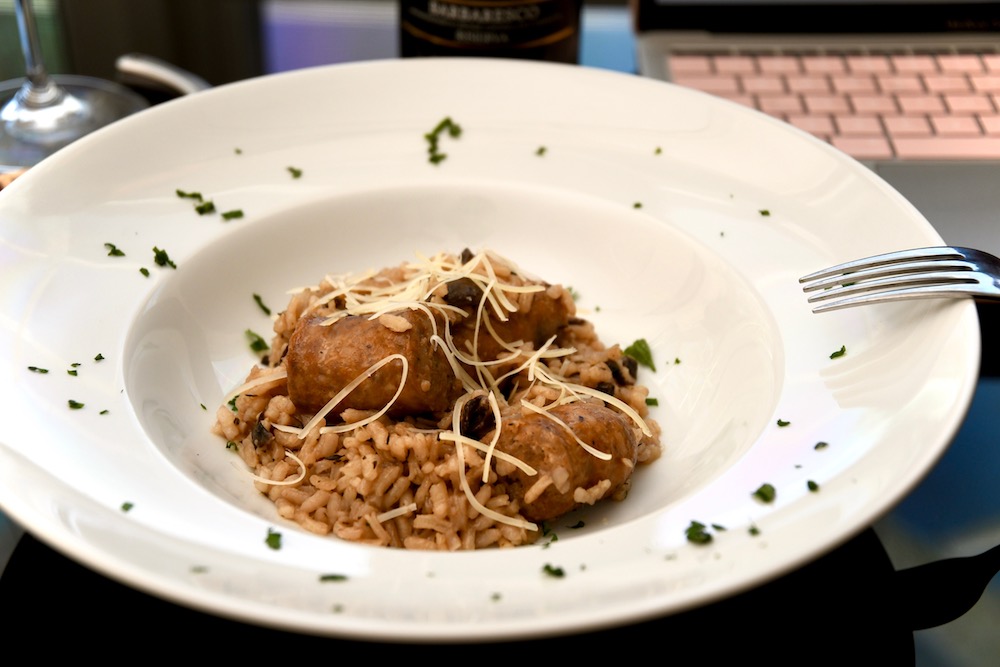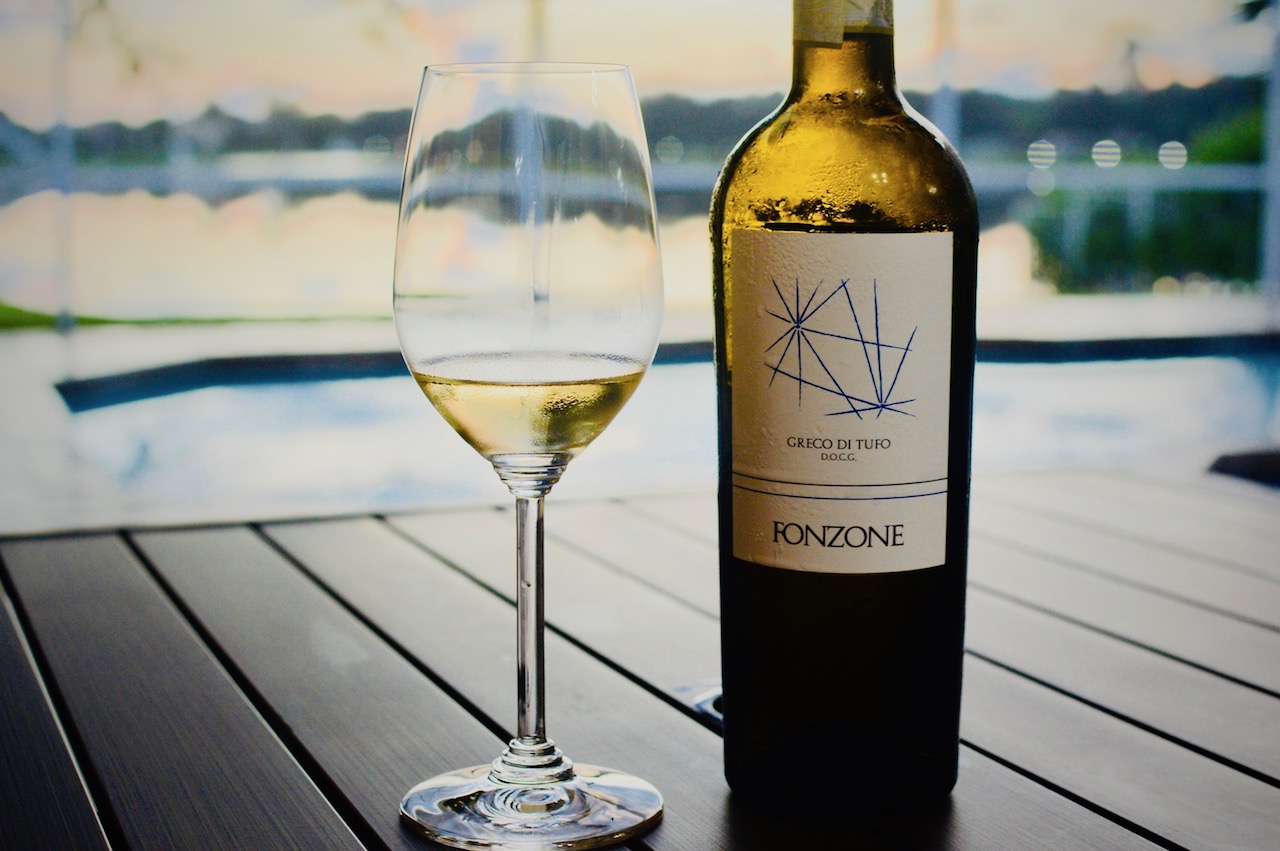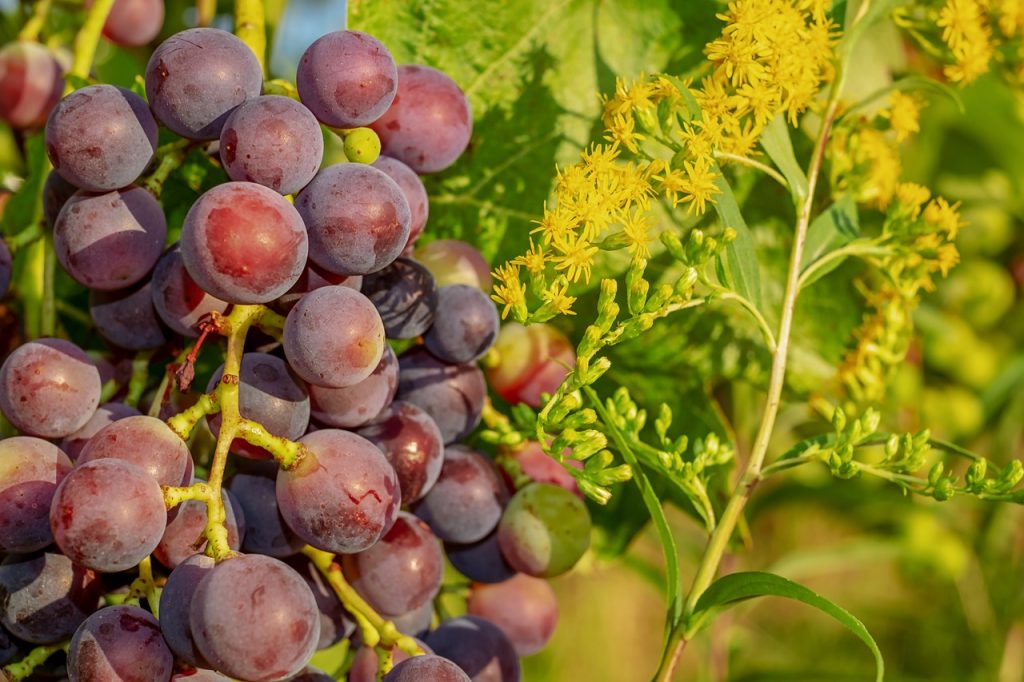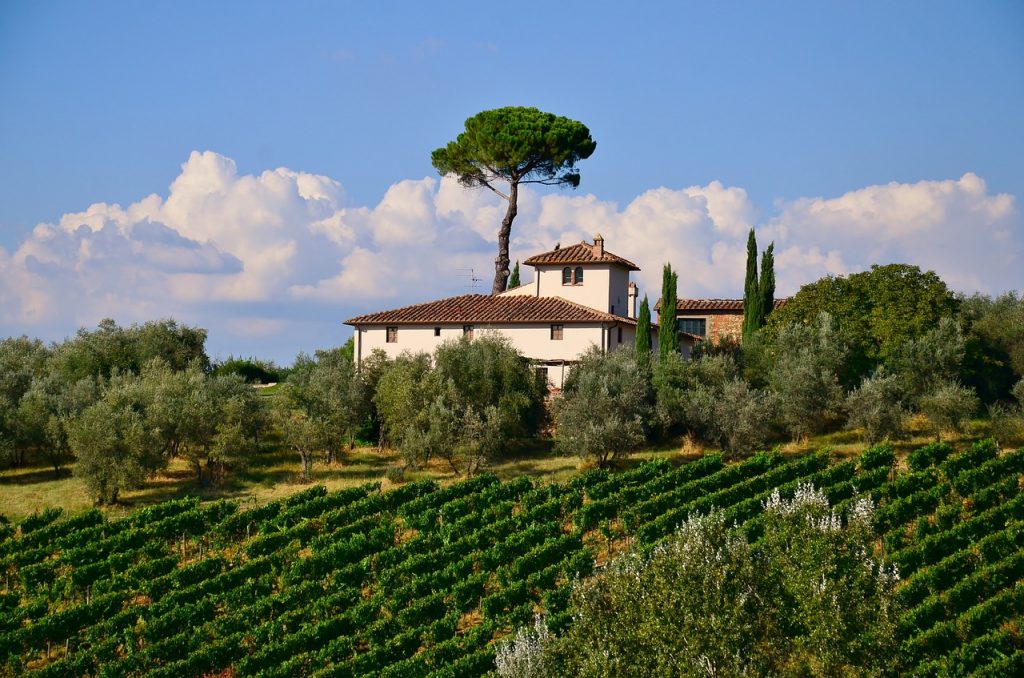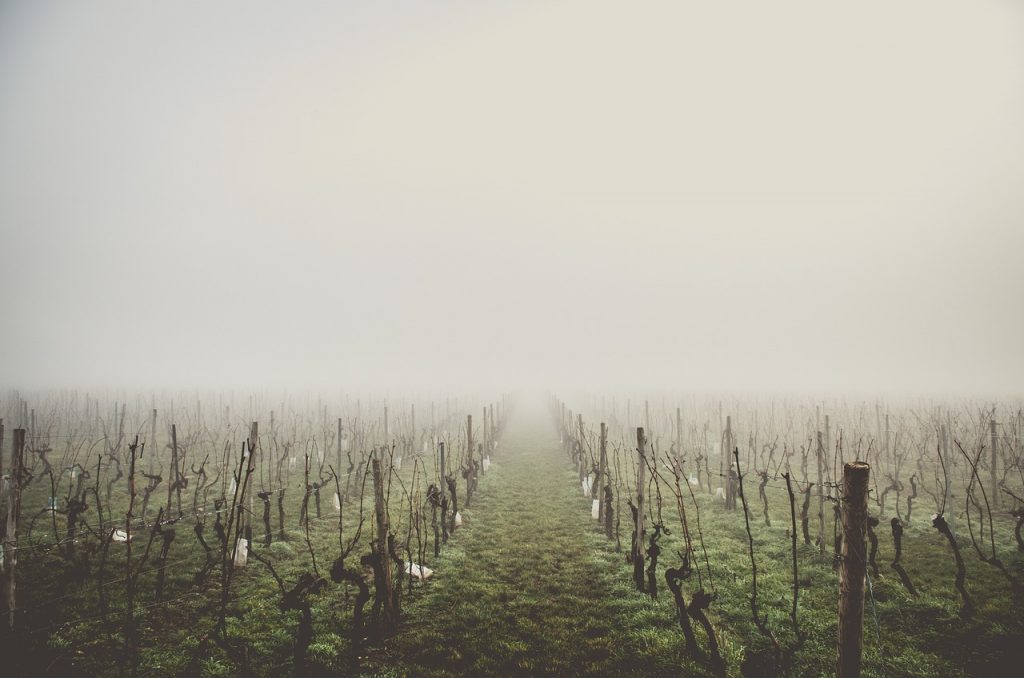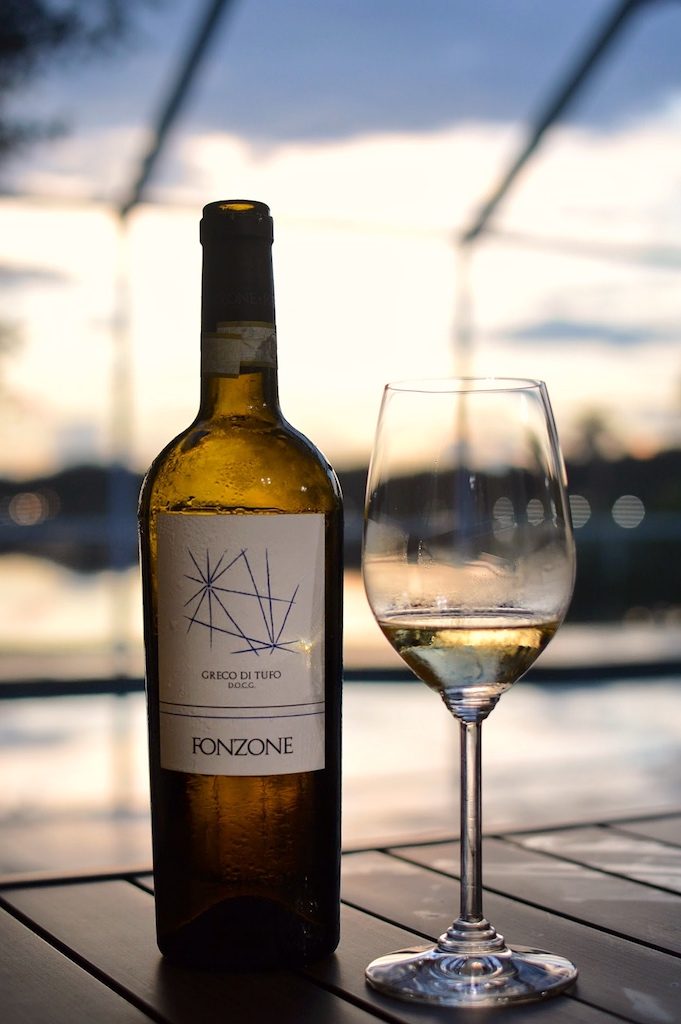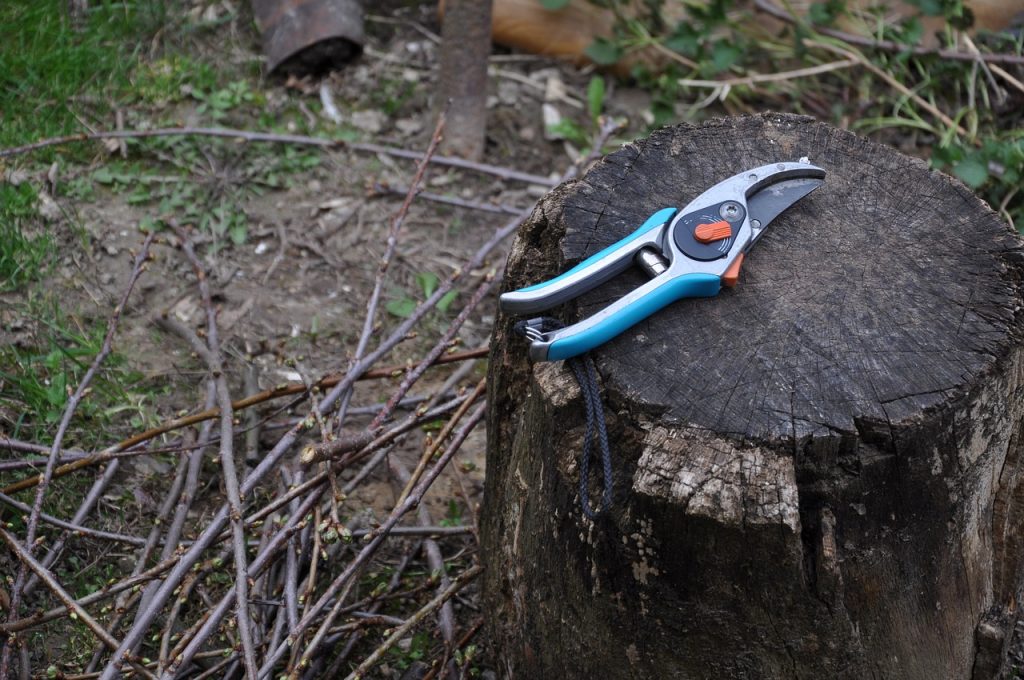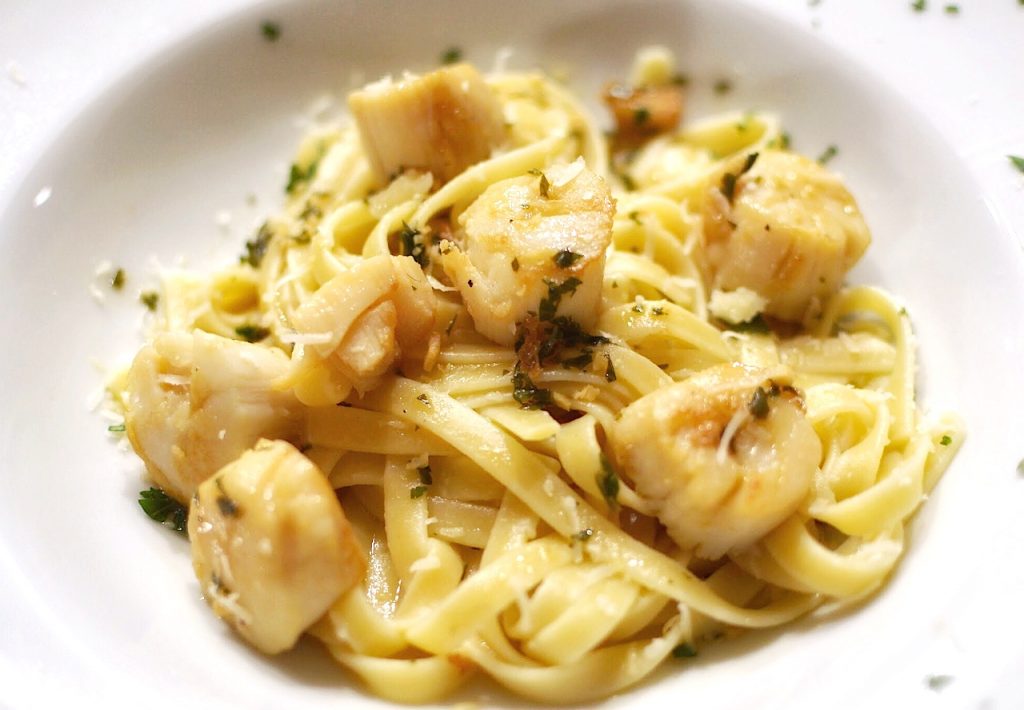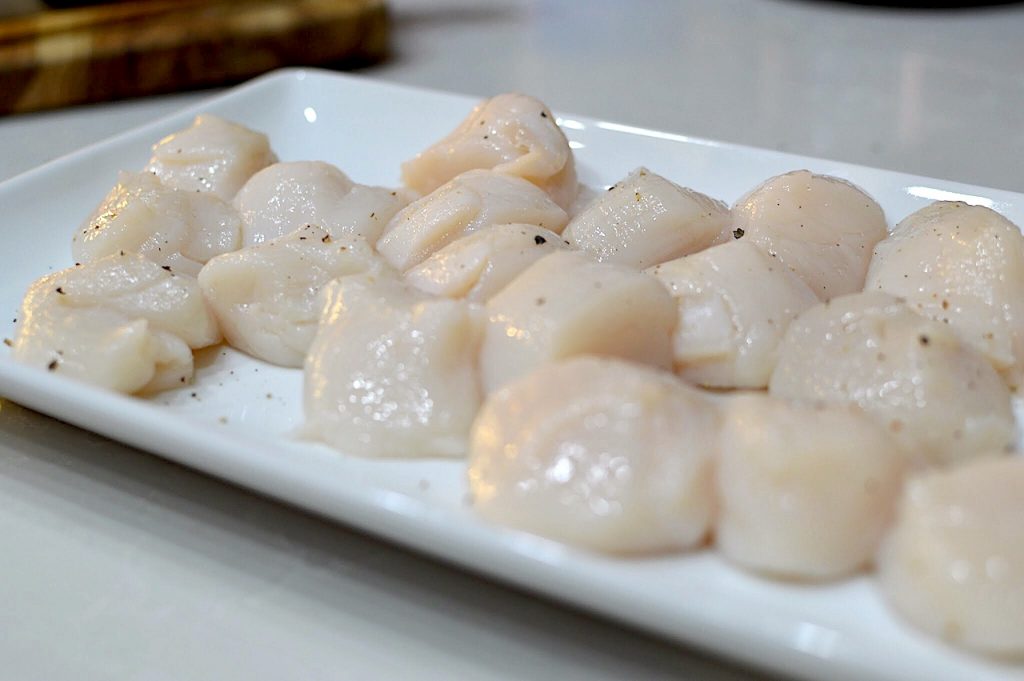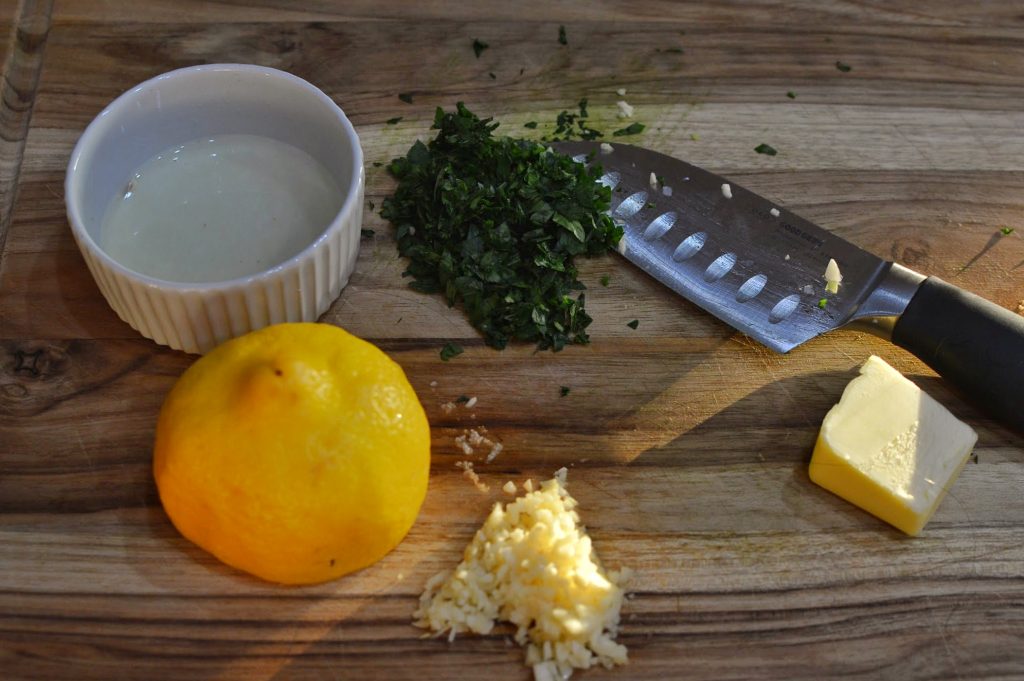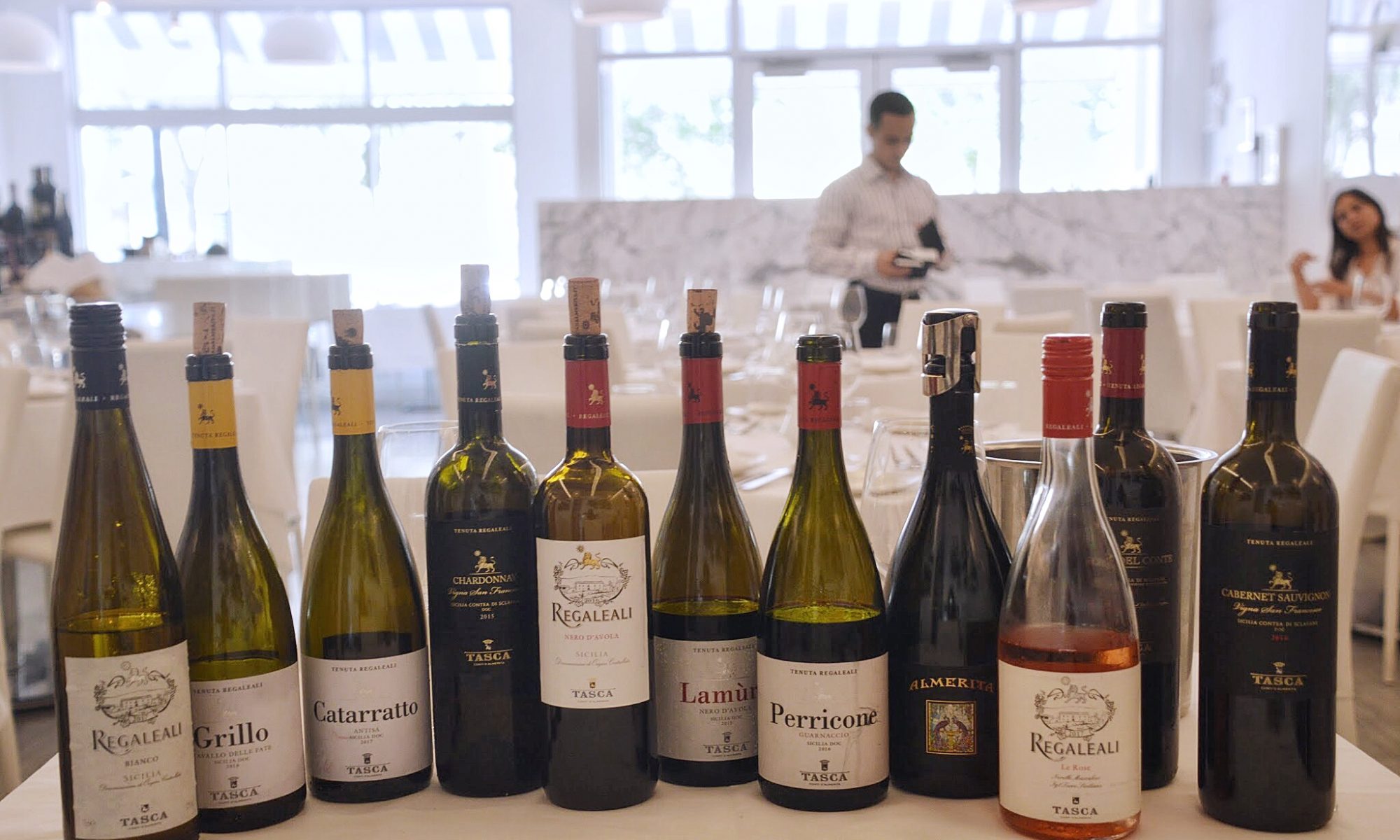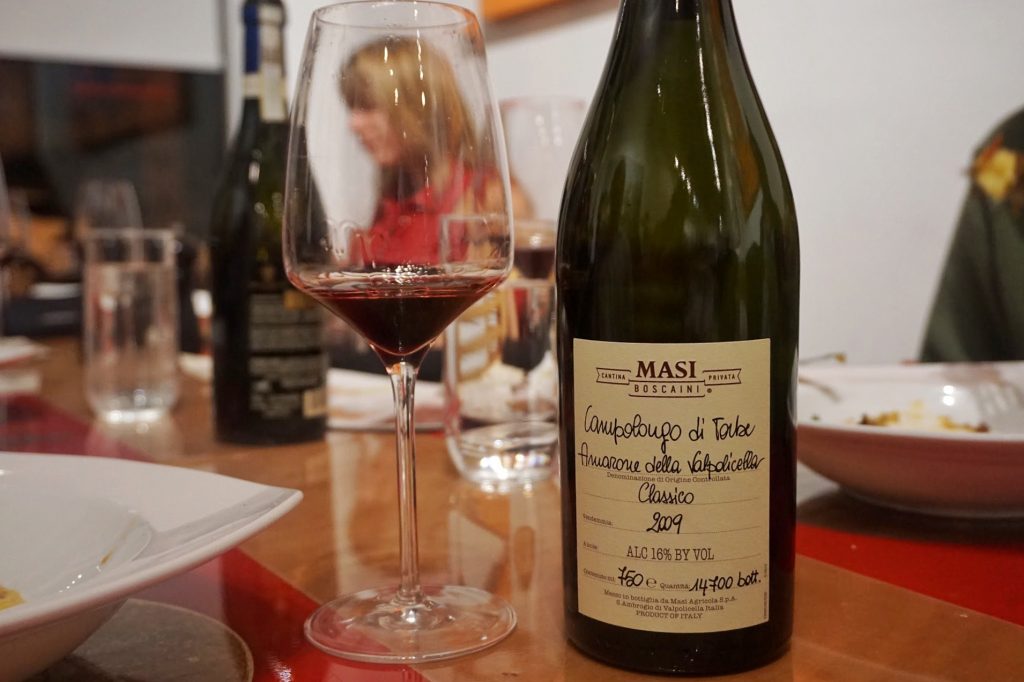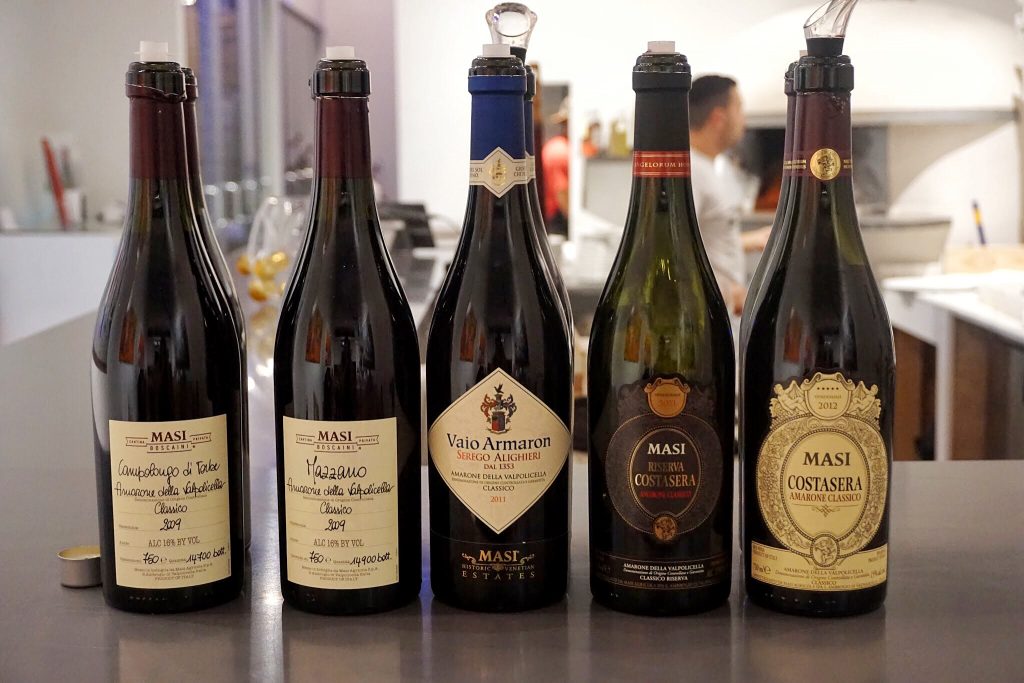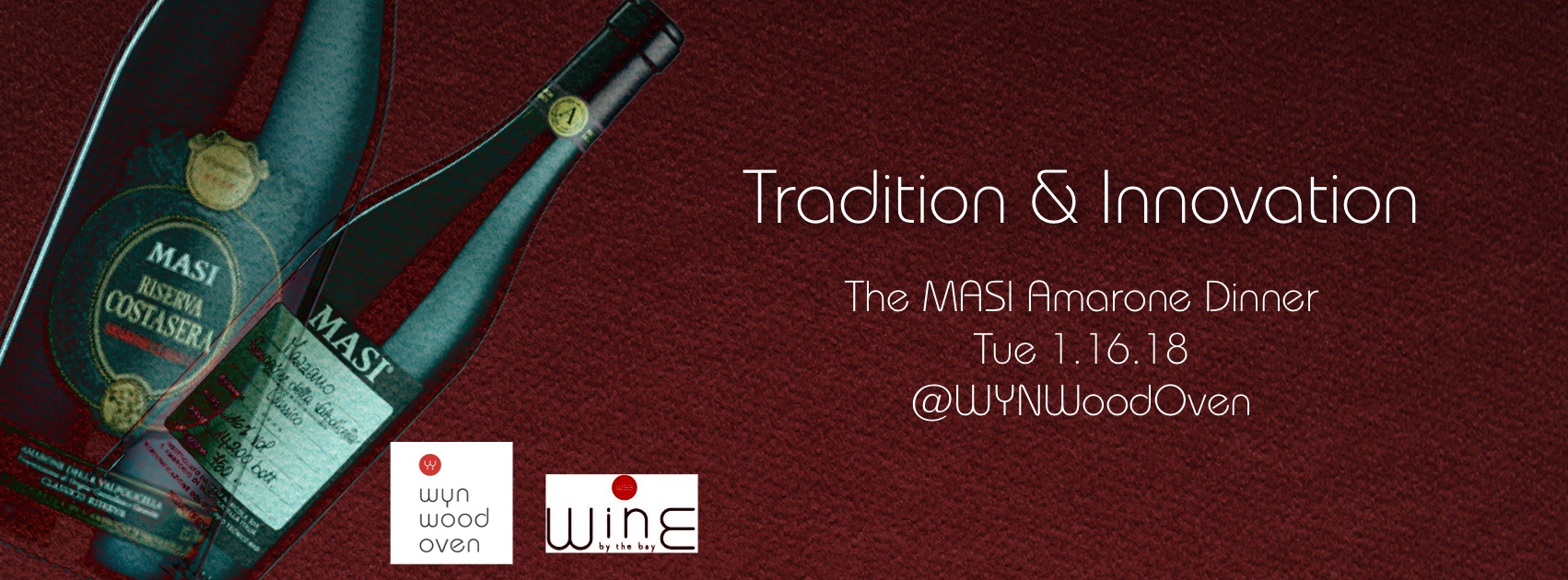Ricci Curbastro Guided Wine Tasting Seminar: History, Area, and Wines
If you haven’t had an opportunity to try Franciacorta, know that there are many reasons to do so. Once you’ve had just a few sips, I can almost guarantee that you’ll fall in love and possibly make this style of wine you’re preferred choice of bubbly. Today’s blog post is solely dedicated to the wine presented at the Ricci Curbastro guided wine tasting seminar.
Yes, I’ll mention the suggested pairings at the end and possibly in a future post. However, today I’ll recap the one hour, World Wine Web Masterclass seminar led by wine expert, Lyn Farmer and featuring Riccardo and Gualberto Ricci Curbastro of Ricci Curbastro Farm Estate Winery. A group of about twenty-five guests including lucky me, had a chance to learn about the history, vineyards and wines.
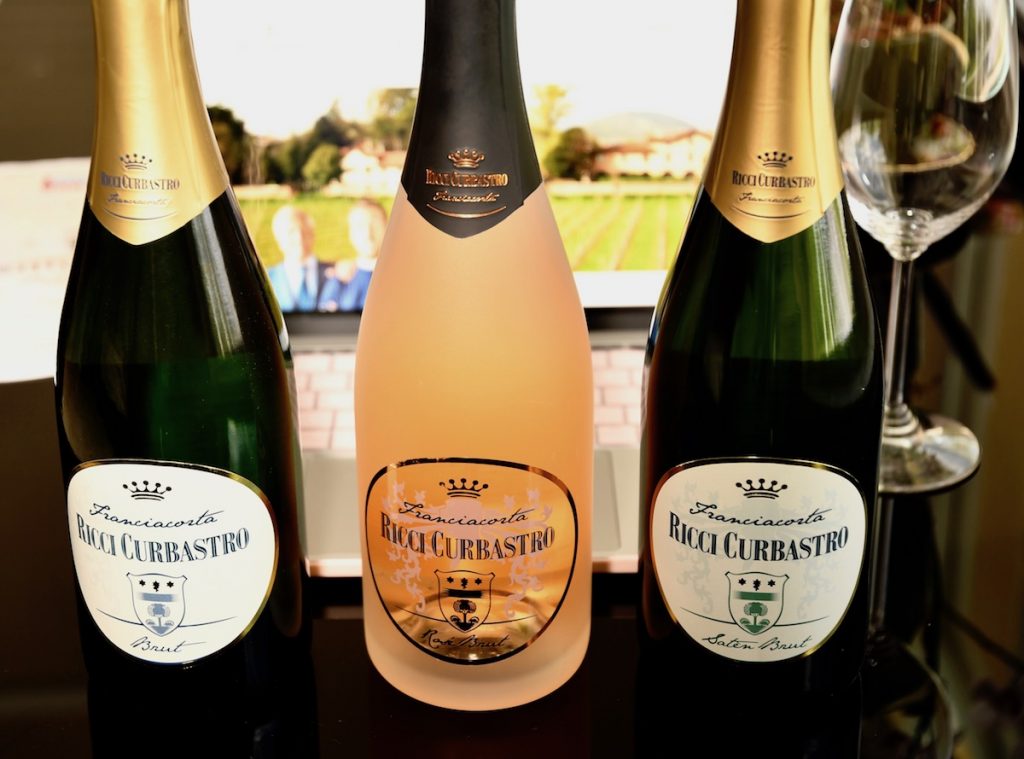
What is Franciacorta?
Franciacorta is a small wine-producing area in Lombardy, Italy and is also a style of high-quality sparkling wine made using the Traditional Method or when speaking about Champagne, Méthode Champenoise. Now is not the time to compare ‘apples and oranges,’ because Franciacorta has its own unique identity, so let’s first dive into some history.
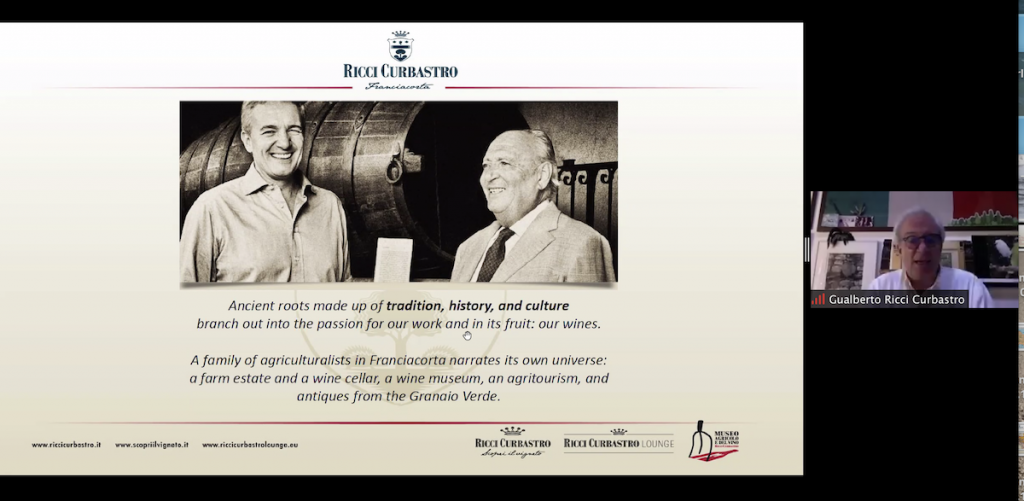
Franciacorta History
The cultivation of vines in Franciacorta goes back very far. Think about evidence of prehistoric grape seeds and mentions in the writings of Pliny the Elder. You can read more here.
The agricultural tradition of the Ricci Curbastro family dates back to the thirteenth century. Eighteen generations later, Riccardo leads the business alongside his eldest son Gualberto who bears his grandfather’s name.
Franciacorta received its DOCG status* in 1995 and was the first Italian sparkling wine to achieve this designation. The region consists of about 120 producers. Gualberto explained at that time, the term Traditional or Classical Method was no longer used and replaced with Franciacorta as the only word to describe the wine style.
*Read about Italian Wine Classifications here.
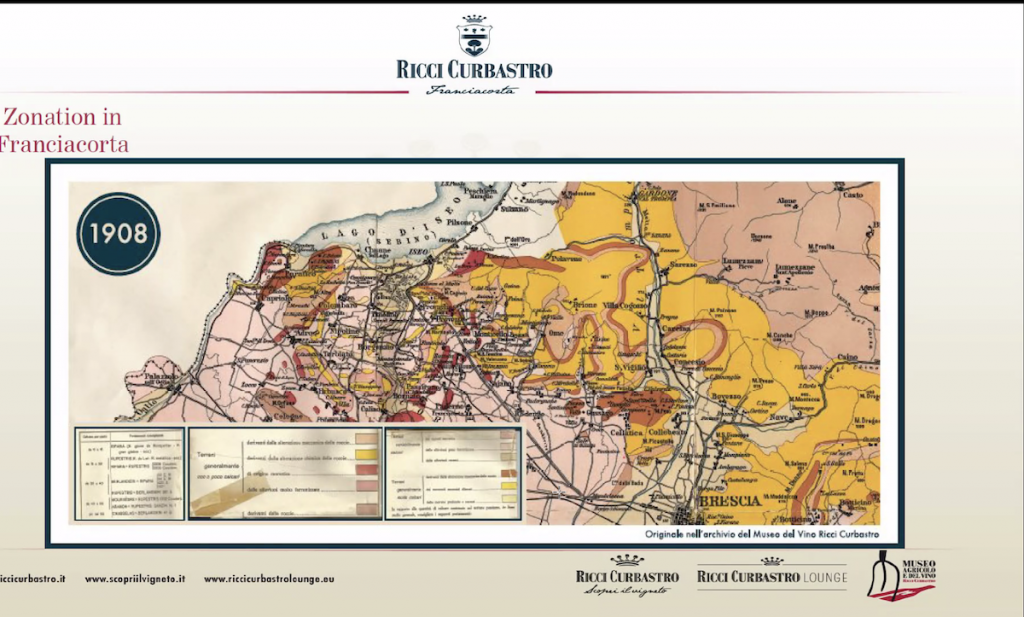
There’s Something About Soil
A few years ago when Riccardo was sorting through papers, he discovered a map that dated back to 1908. It documented the research that his grandfather and great grandfather made to decide what was the best combination in terms of grafting American roots and European varieties after the phylloxera epidemic.
“Franciacorta is the stratification of great patience and a lot of research in getting always better and better quality,” remarked Riccardo with a tone of admiration and appreciation for his forefathers. “And, we started a long time ago.”
He explains that Franciacorta has over sixty soil profiles. For this reason it is very important that Ricci Curbastro has vineyards in three different villages because of the variations in soil. Plus, the microclimates are different between the three. I suggest you watch the full video on the World Wine Web’s Masterclass Facebook page to understand more.
“There is something pretty unique in terms of characteristics: soil and climate,” says Riccardo when explaining the area, located at the foot of the Alps and north by the shores of Lake Iseo. The area has an unusual mix of climates, including Mediterranean.
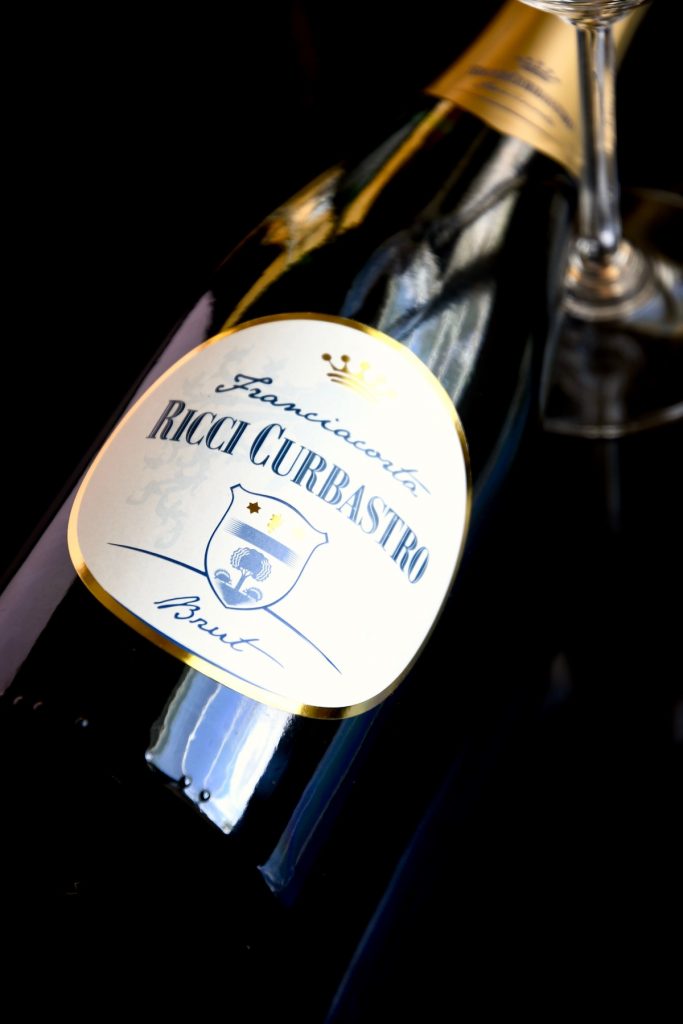
The Wines
One of the ingredients of our wine is time. ~ Riccardo Ricci Curbastro
We tasted three wines: Franciacorta Brut NV (60% Chardonnay, 30% Pinot Blanc, 10% Pinot Noir); Franciacorta Brut Satèn 2014 (100% Chardonnay); and Franciacorta Rosé Brut NV (80% Pinot Noir, 20% Chardonnay.) You can read the wine specs here.
What engages me the most about wine seminars is to hear from people who create the wines. The insights and anecdotes are a trajectory from what’s in my glass to the vineyard and history.
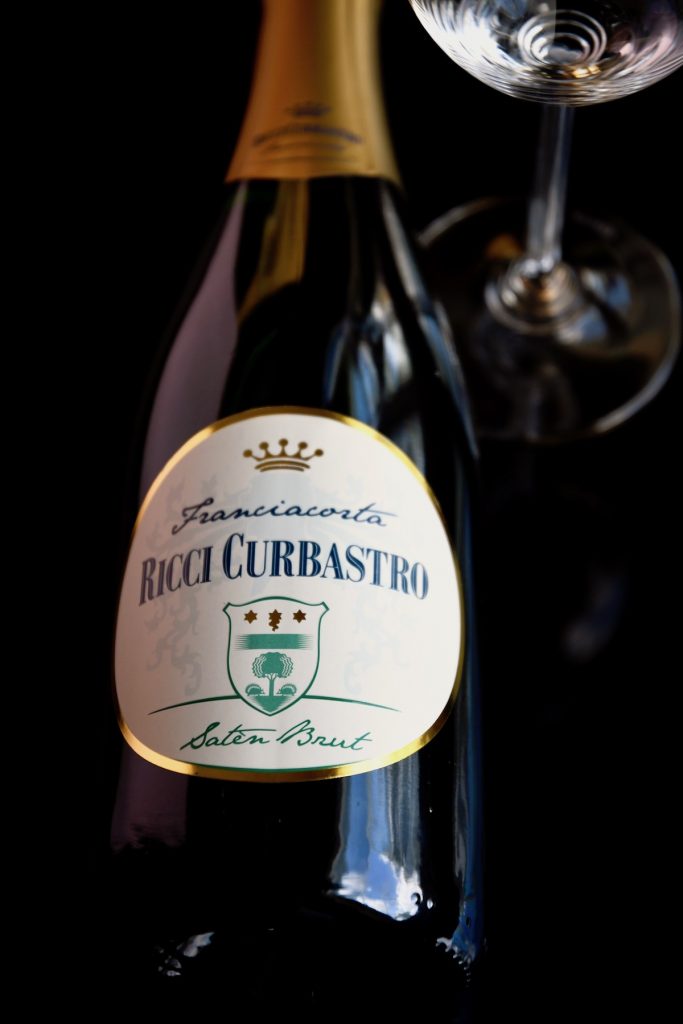
For example, I learned that the word Satèn (silk) is a name that is typically only from Franciacorta and infers Franciacorta’s past when they were producing a lot of silk, as well as wine. Silk is a perfect metaphor for Franciacorta Satèn: “When you touch a scarf you have the sensation of something that is smooth but, at the same time, it is a very strong cloth,” explains Riccardo noting that the first parachutes were made of silk. “The wine’s strength is like roundness and very good structure.”
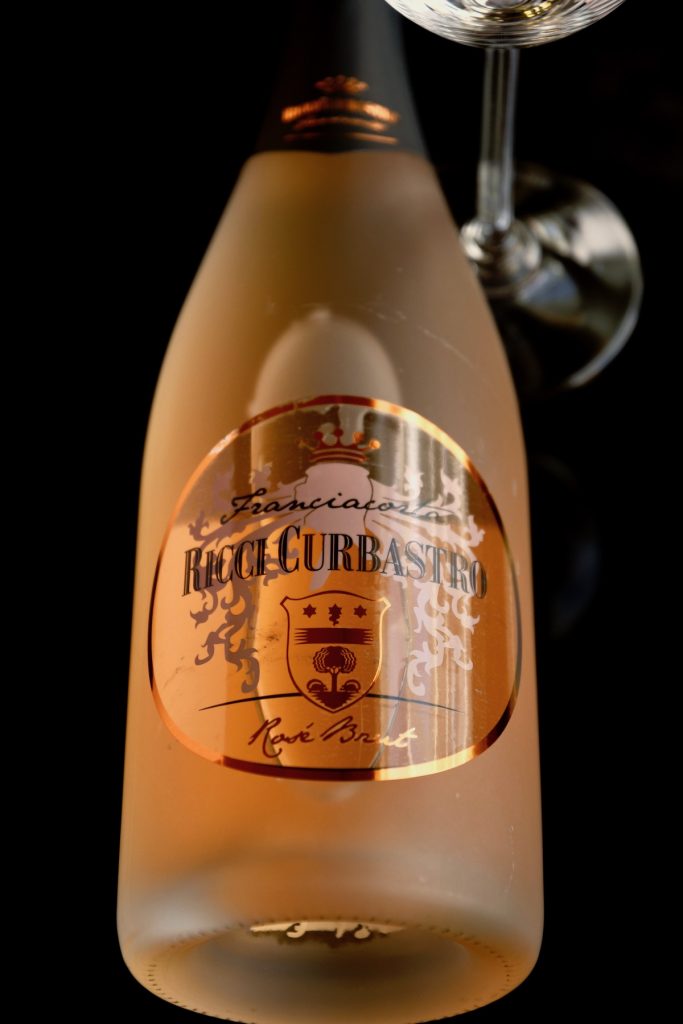
Not Just for Toasting
Lyn, Riccardo and Gualberto emphasized that the Ricci Curbastro wines go well with food and are not just for toasting at special occasions. Gualberto who grew up with Franciacorta at the table said when speaking of the Rosé Brut: “We’ve tried the best and worst with Franciacorta, but barbeque is always a good combination.”
Riccardo refers to the Rosé Brut as a “light red” and explained that the dryness, acidity and elegance of the wine balances with the richness of grilled meat.
We were drooling, when Lyn presented his 11:00 am “perfect pairing” – Smoked Salmon and Bacon-Wrapped Scallops. Yum and I need to hurry back into the kitchen lab!
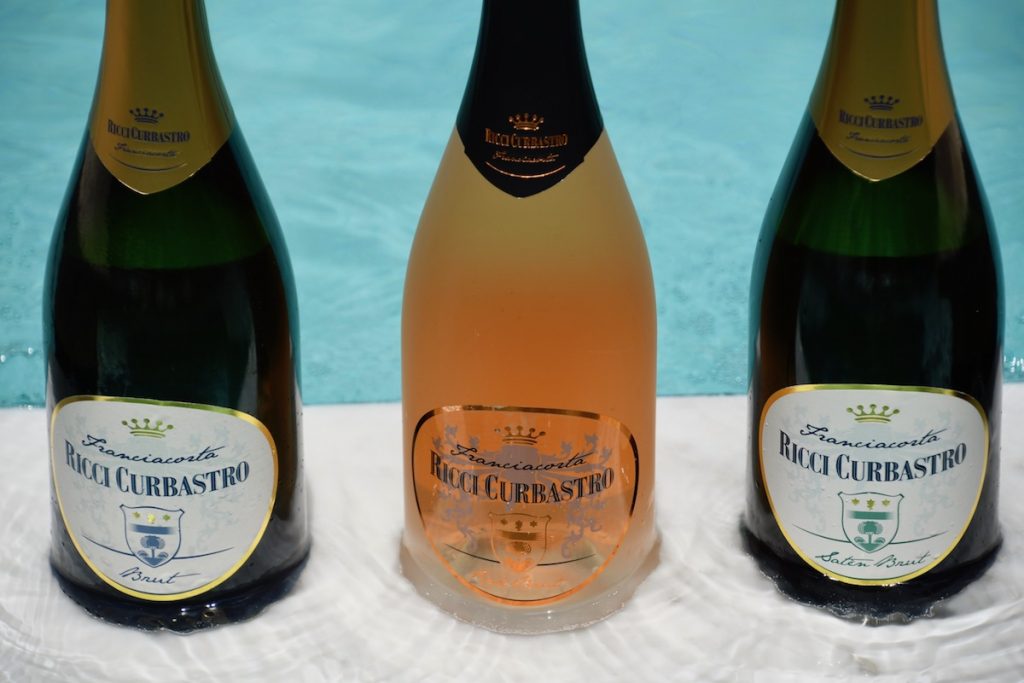
Falling In Love
While I won’t write about it today, I suggest you watch the video and learn more about the Sustainable Winery 3E logo that is on the back label of Ricci Curbastro wines. You can also read more here.
If you’ve been following my blog, you’ll know that I suffer from an extreme case of the travel bug. As I navigate through a perpetual state of pandemic-related immobility, virtual wine travel is now my preferred, #MyArtEscape.
Lyn commented on one of my Instagram posts that “Ricci Curbastro Franciacorta is the ultimate postcard in a glass.” I couldn’t agree more!
Once you’ve watched the seminar, read the Ricci Curbastro website to learn more, and drink the wines, I suggest that you watch this film: “F is for Franciacorta.” If you’re anything like me, you too will be ‘falling in love’ with Franciacorta.
Falling in love consists merely in uncorking the imagination and bottling the common sense. ~ Helen Rowland
@AllegoryPR #MyArtEscape
A Very Special Thanks for the Invitation to this Virtual Event 💕
Recent mentions of Ricci Curbastro Franciacorta in the Food Wine Travel Magazine.

